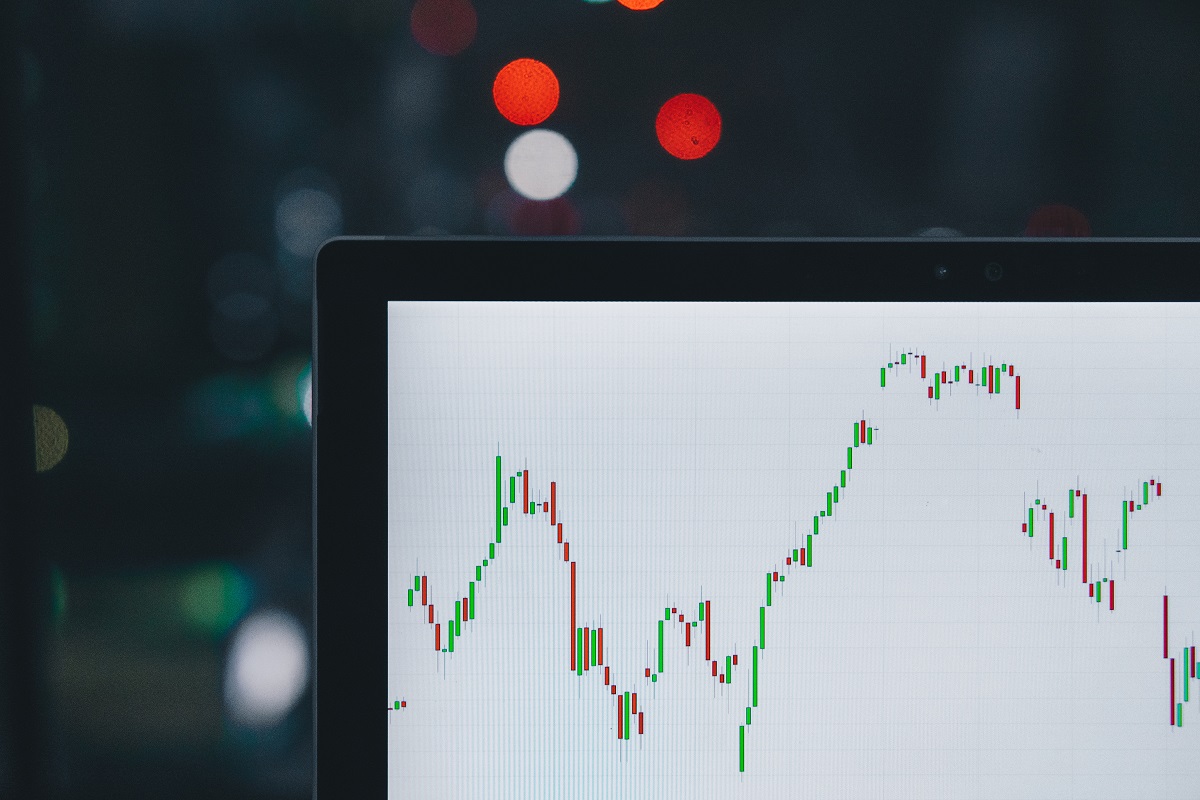
U.S. equity markets have had a tenuous rebound this year, as they are now ever-watchful of the Federal Reserve, which has voiced concerns about stubbornly high inflation. Yet while veteran stock picker Grayson Witcher, co-manager of the four-star gold-rated $1.2 billion Manulife US Equity F, is mindful of the market malaise he remains upbeat about longer-term prospects.
“It looks a bit mixed. Last year, we saw a correction in a sector that probably got over-heated,” says Witcher, a portfolio manager who assumed the fund’s portfolio in 2008, two years after he joined Calgary-based Mawer Investment Management Ltd. “People got excited about technology and what that could bring to many different industries. Interest rates were very low and that increased the value of equities, especially the ones that were longer duration.”
Valuations Coming Back to Earth
But gravity has returned to equity markets, notes Witcher. “It’s a good thing in the long run. Ten-year U.S. treasuries are yielding about 3.8%, versus 0.75% a year ago. So that makes valuations a little more reasonable. But the outlook is not clear. If the Fed raises rates enough to slow the economy and bring inflation down, they may get the soft landing that many people are hoping for. On the flip side, inflation may not be totally contained. Those are the two main scenarios.”
The Federal Reserve understands the downside of high inflation is significant, so it wants to make sure it quells that risk. “They made it quite clear they are willing to raise rates until they feel inflation is under control,” says Witcher. “It seems that inflation has gotten better over the last few months and after going in an upward trajectory, it has crested and come down a bit. But when you look at some important inflation drivers, such as wage inflation or employment, they are not low. Those are some of the key concerns.” In particular, record low unemployment levels are being driven in part by geo-political tensions between the U.S. and China. That’s because of a growing trend of “re-shoring” as many U.S. companies are moving out of low-cost Asian jurisdictions and opening manufacturing facilities in the U.S., which has higher costs.
Portfolio More Positioned Around Stocks Than Economy
At Mawer, Witcher adds, the focus is less on top-down macro-economic analysis and more on stock-picking. They concentrate on companies with three attributes: well-managed firms that are wealth-creating and whose stocks are attractively priced. “We tend to focus on companies that do well in different scenarios. Those are hard to predict, from a macro-economic standpoint,” says Witcher, who shares duties with portfolio manager Colin Wong, and works with two analysts. After he graduated in 2001 from Harvard University with an AB in engineering sciences Witcher entered the financial services industry and worked in fixed-income and equity management. “We try to construct the portfolio so that it has natural contradictions built into it.” Essentially, the team tries to balance positions in firms, such as insurance brokers, which benefit from higher inflation because they can invest their so-called float, against positions in companies that benefit from low inflation, such as technology stocks.
Even as the investment environment has become more fluid and challenging, Witcher maintains that the stock-picking process is consistent. “Our process hasn’t changed and we believe it works for the long term. If you buy companies that generate wealth and have good management teams and are trading at reasonable prices, we still think that philosophy works well. Perhaps even better in this environment. Over a year ago, when interest rates were close to zero, our philosophy was challenged. When there’s no cost of capital, things get a little crazy and you don’t have to discount cash flows into the future. But we believe our philosophy is working even better now.” The Manulife product is nearly identical to the 4-star gold-rated Mawer US Equity A, which has $4.3 billion in assets.
Defensive Portfolio Moves
Witcher notes that, in the past couple of years, as some stock prices reached elevated levels, the team trimmed exposure to stocks such as Alphabet Inc. (GOOGL) and Ansys Inc. (ANSS) which makes engineering simulation software. “That’s how the portfolio adjusts at times. The philosophy doesn’t change. But the results lead you to tweak the portfolio a little bit. So, the portfolio has become a little more defensive over the period,” says Witcher, noting that the team has added to consumer staples maker McCormick & Co. Inc. (MKC) and utilities such as Southern Company (SO).
Year-to-date (March 15), Manulife U.S. Equity F has returned 0.06%, versus 1.49% for the U.S. Equity category. Morningstar US Market Growth Index has returned 3.58%. However, over the longer term, the fund has outperformed. Over five and 10-year periods, the fund returned an annualized 9.31% and 14.02%. In contrast, the category returned an annualized 7.26% and 11.74% for the same periods. The index returned an annualized 9.72% and 14.59%, respectively.
While the portfolio is constructed on a bottom-up basis, technology is the portfolio’s largest sector at 24% (as of Dec. 31). That is followed by financial services at 20%, healthcare at 17% and industrials at 12%.
Top Stock Picks
Running a portfolio of 56 holdings, Witcher cites, by way of example, Amphenol Corp. (APH), which makes electronic “interconnects” that connect different devices to one another and has a market capitalization of US$46.1 billion. “It has a great management team which runs a decentralized model, that lets unit leaders run independent businesses. They control everything, from what they will spend on sales and marketing and whom they will sell to. Management is quite solid,” says, Witcher, adding that while the products are low-cost, they must be of the highest quality to ensure customer loyalty.
“They have a tailwind that is quite attractive: the ‘electronification’ of the world, as more and more devices are electronic,” adds Witcher. “In cars, for example, you are moving from mechanical devices to electronic ones, which need interconnects between them. You are also adding more sensors all the time—such as in bumpers—and each one needs an interconnect. And you are seeing more of that in electric vehicles. They have between two to four times the content of interconnects of gas-powered vehicles. That’s great for a company like Amphenol.”
APH is trading at US$77.50 or about 25 times forward price-to-earnings. “When we combine that with discounted cash flow analysis, we think the valuation is attractive.” The holding was first acquired five years ago.








.jpg)















